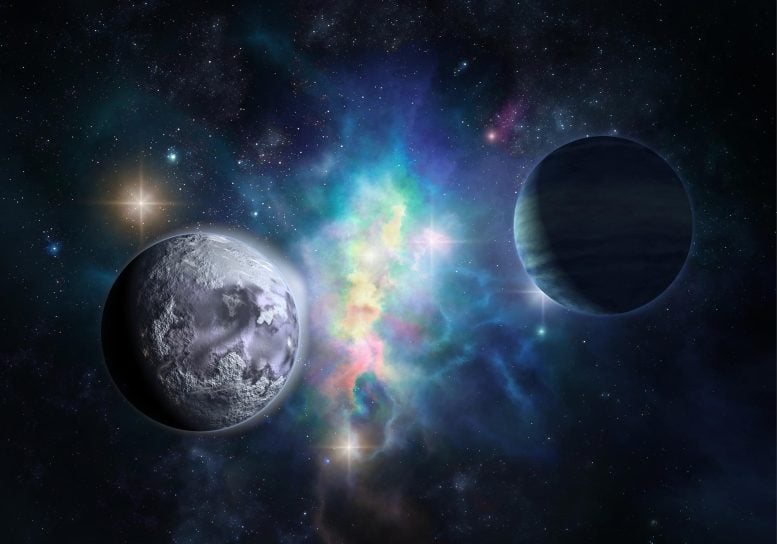
New research redefines the Habitable Zone of exoplanets by considering subglacial liquid water, extending potentially habitable conditions beyond traditional boundaries. Supported by recent JWST observations, this study broadens the scope for finding life on exoplanets, especially those orbiting M-dwarf stars.
Professor Amri Wandel from the Hebrew University of Jerusalem has introduced groundbreaking research with the potential to transform our understanding of habitable exoplanets. His latest study, published in the Astronomical Journal, highlights the importance of subglacial liquid water in expanding the traditional definition of the Habitable Zone.
The classical Habitable Zone, often colloquially referred to as the “Goldilocks Zone,” typically defines the region around a star where conditions allow the presence of surface liquid water and, by extension, life as we understand it. However, Professor Wandel’s research offers a fresh perspective by illustrating that the existence of subglacial liquid water can considerably extend this zone.
Expanding the Habitable Zone Inward and Outward
One of the primary discoveries of this research is the potential to expand the Habitable Zone inwards for tidally locked planets closely orbiting M-dwarf stars, which are frequently regarded as candidates for detecting spectral evidence for life (so-called biosignatures) in exoplanets. The study delineates how an atmosphere and liquid water could coexist on these planets, pushing the limits of the Habitable Zone further than previously assumed.
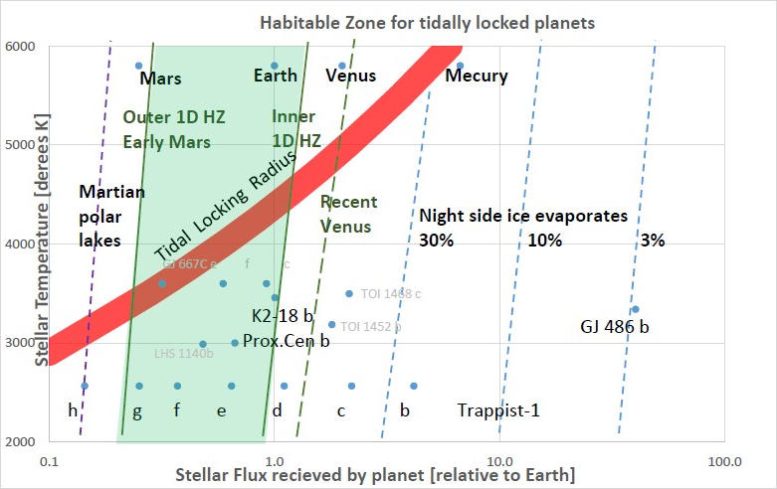
Boundaries of the Habitable Zone under various climate and atmospheric models as a function of radiative flux received from the host star, relative to Earth. Dashed lines represent the extended boundaries due to sub-glacial liquid water suggested in this work. Solid green lines and green shading denote the conservative Habitable Zone boundaries. The red curve marks the tidal locking zone (planets to the right of it are locked). Circles denote the terrestrial planets in the solar system and a few .Earth-sized exoplanets orbiting M-dwarf stars. Credit: Amri Wandel
Moreover, the research postulates that subglacial liquid water can also broaden the Habitable Zone beyond the outer limits of the conservative Habitable Zone. These findings unlock the possibility of liquid water on a more diverse range of exoplanets than previously envisioned, presenting tantalizing opportunities for the search for extraterrestrial life.
Connection with Recent Observations
A noteworthy implication of this research is its connection to recent observations made by the James Webb Space Telescope (JWST). The potential identification of atmospheric water vapor on GJ 486 b, a rocky Earth-sized exoplanet, and the evidence for an ocean on K2-18b, a Super-Earth exoplanet, hint at the existence of liquid water, possibly organic chemistry, and the potential for life on such celestial bodies. This discovery provides empirical substantiation to address the long-standing question of whether exoplanets orbiting M-dwarf stars can sustain habitable conditions.
Professor Wandel remarked, “This work demonstrates that the Habitable Zone of red dwarfs is likely significantly broader than previously assumed, and planets within it have the capacity to maintain water and an atmosphere. The latter conclusion is empirically supported by recent findings of water on such exoplanets by the Webb Telescope, particularly in K2-18 b, as predicted in the article submitted two months prior. In particular, it may optimize the target allocation and priority for biosignature research by JWST.”
Professor Wandel’s research elucidates how water on terrestrial planets closely orbiting M-dwarf stars may endure within a subglacial melting layer, presenting a unique perspective on the sustainability of liquid water. The study further explores how the detection of water on various exoplanets can aid in constraining their atmospheric characteristics.
In conclusion, Professor Amri Wandel’s research spotlights the transformative potential of subglacial liquid water in expanding the Habitable Zone of exoplanets. This discovery not only advances our comprehension of habitable environments in the cosmos but also illuminates the prospect of life beyond our planet.
Reference: “Extended Habitability of Exoplanets Due to Subglacial Water” by Amri Wandel, 3 November 2023, The Astronomical Journal.
DOI: 10.3847/1538-3881/ad0045

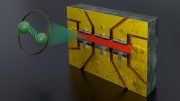

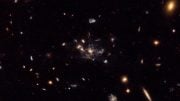
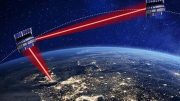

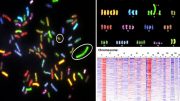
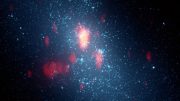
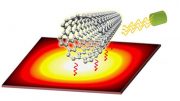
After much work on extra-terrestial life, I’m delighted to announce the completion of this project and the success of obtaining a conclusive result and I’m afraid to say that we are all alone in this sheer, vast and expansive waste of matter and space. I’m also happy to say that new light has been thrown, through our findings, on this very fascinating subject. The project involed an ultra-modern star-tracker capable of detecting life millions of billions of light years away. It’s construction and operation is grounded on the fact that aliens can’t be in the cosmos and get away without leaving trails. We suspended a microphone in outer space and waited for over 20years for signs but found none. Therefore, there are no such things as aliens. Thanks